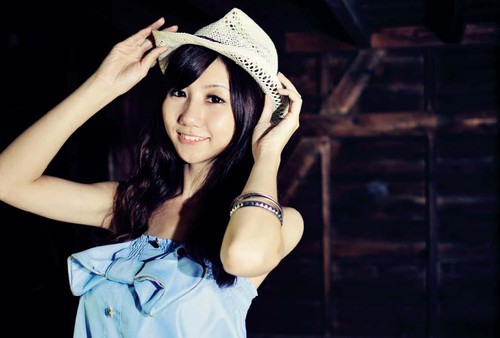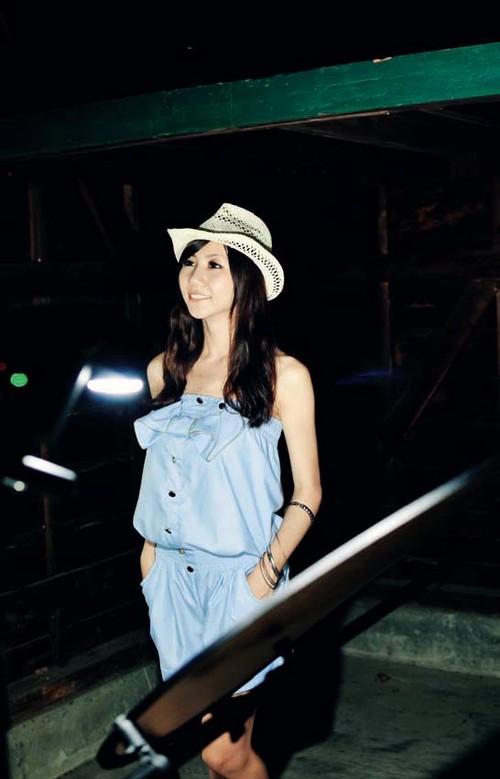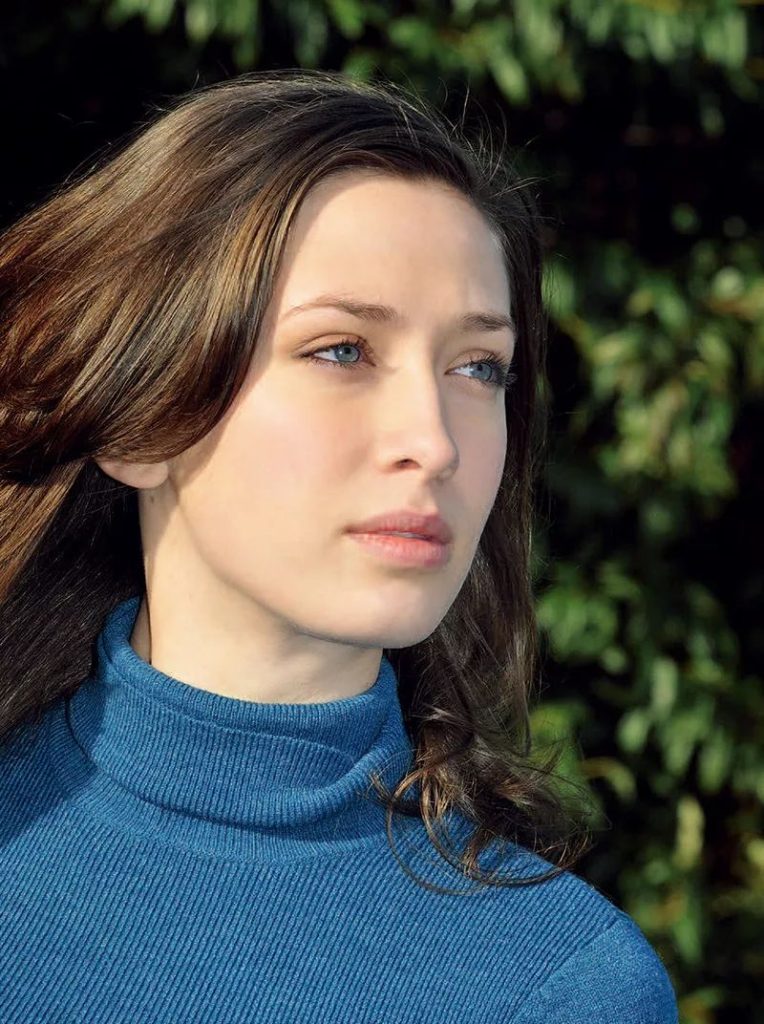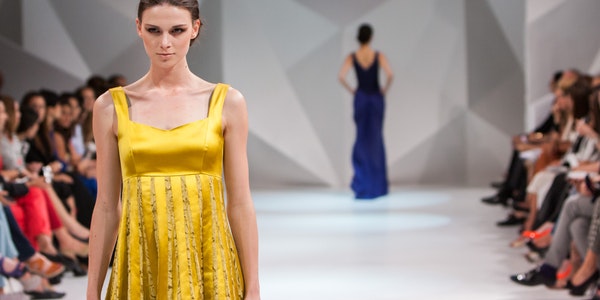Table of Contents
2. Why the Larger the Aperture of the Camera, the Smaller the Number?
Aperture f-number = the focal length of the lens / the diameter of the lens aperture, F2.8 is larger than the F4 aperture. Numbers such as 2.8 and 4 are a ratio, which is the ratio of the focal length F of the lens to the diameter D of the aperture.
A simple analogy:
For example, the focal length is 100mm, the aperture diameter is 25mm, and the aperture is 4. 4 is called the aperture value, also known as the aperture coefficient.
For another example, the focal length is 100mm, the diameter of the aperture is 50mm, and the aperture is 2.
The aperture diameter of 50mm (which can be understood as aperture) is of course larger than that of 25mm, but it is calculated as 2 (aperture value).
Therefore, the larger the aperture, the smaller the number.
3. Why the Larger the Aperture, the Smaller the Depth of Field?
This is a question involving optics.
The aperture mentioned here refers to the coefficient of the aperture, which refers to the exposure value of the camera. It should be pointed out that the larger the value, the smaller the aperture. Conversely, the smaller the value, the larger the aperture.
“The larger the aperture, the smaller the depth of field” is a professional colloquialism. The larger the aperture, the stronger the sensitivity, and vice versa.
How the camera works
You know how the camera works and how it works. When the camera is shooting, it mainly depends on the shutter and aperture to adjust the sensitivity. When you increase the aperture, the hexagon in the camera will open a larger light entrance, so it is called a large aperture. The shutter is to control their opening speed. If you use the same shutter speed, you must think that the larger the light inlet will sense the stronger light.
So why does the larger the aperture, the smaller the depth of field?
The main reason for this is that the focal length in the lens is made using the principle of a magnifying glass. When the magnifying glass works, the close range is clearer, and the far distance is more blurred. Likewise, when the light inlet (small aperture) is set smaller (small aperture) in the lens, the resulting focal length is farther. When the light inlet is set relatively large (large aperture), the focal length is relatively close.
The blurry backgrounds we usually shoot are shot at wide apertures. That is, the object being photographed is clear, and the thing behind it is blurred. Especially when shooting leaves in the sun, you will find that the leaves in the distance are blurred and sparkling, and the effect is obvious.
In addition, it should be added that when using a large aperture, the shutter speed should be increased accordingly. Otherwise, the photo will be black (that is, darker). At the same time, the focus must be precise, otherwise, the object to be photographed may not be clear.
Effect of flash on aperture
Under normal circumstances, try not to use flash at large apertures, so as not to destroy the effect. Shooting with backlighting works well, but when shooting backlit subjects, placing a reflector in front of the subject works really well. Some of the wedding photos you see were taken this way.
Aperture and focal length are two factors that directly affect depth of field. The larger the aperture and the longer the focal length, the result is a small image depth of field. Otherwise, the depth of field will increase.
On the premise of ensuring focus, the lens is infinitely close to the subject, and the maximum aperture is opened to obtain the shallowest depth of field.
Traditional cameras have this feature. Digital cameras currently only have this function above US$1500. Which brand to use depends on your preference.
4. Does Camera B Need a Large Aperture?
The so-called B door also refers to Buble setting, also called manual shutter. Generally engraved on the shutter adjustment button or ring, commonly known as the B door. When the shutter button is pressed, the shutter opens and exposure begins. When the shutter button is released, the shutter closes and the exposure stops. That is to say, the B shutter is determined by the length of the shutter pressing time to determine the time of each exposure, and the exposure time can be controlled more freely.
The size of the aperture depends on the amount of exposure you need.
The wider the aperture, the more exposure the camera can get. You need to set the aperture size according to the lighting conditions of the shooting environment and what kind of film you want to come up with.
Hope it helps you.
5. What Are Aperture, Shutter and ISO Used to Adjust?
Aperture is the appropriate aperture size depending on what kind of light the subject you are photographing should use so that you can take a sharp image. Shutter and aperture are used together. For example, when you are shooting a scene, you can open the aperture to the maximum. The shutter is set to 250 or even 500, so that you can take a picture with a very blurred background and a very clear subject. If the environment is very dark, adjust the ISO by increasing the sensitivity, which allows you to take clear images in very dark conditions.
